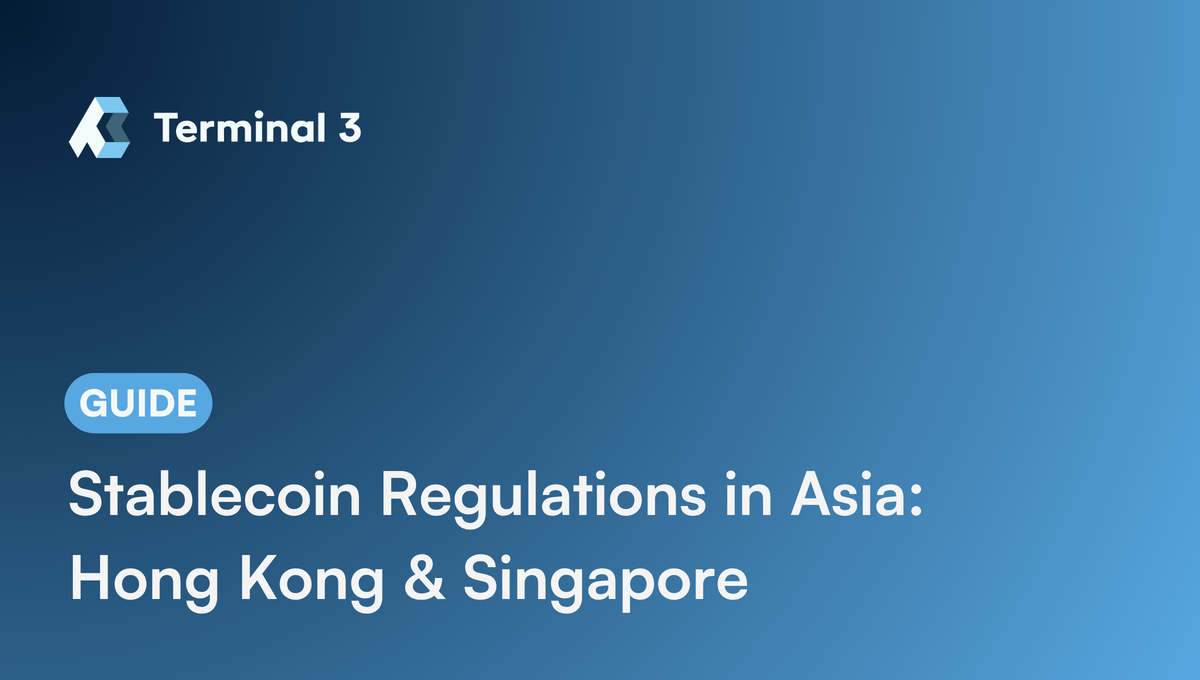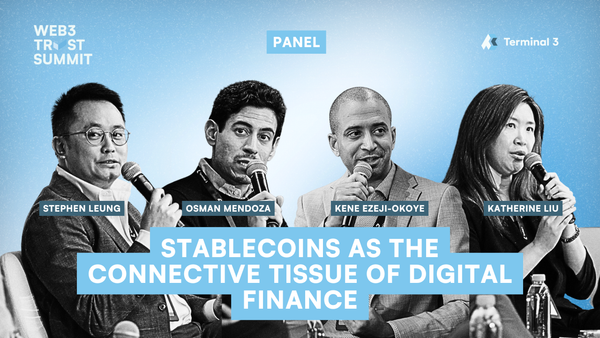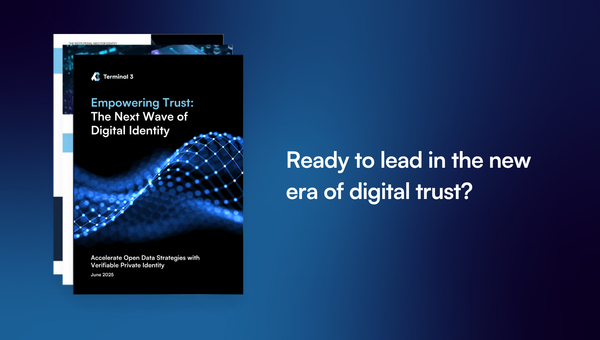Guide to Stablecoin Regulation in Asia: Hong Kong & Singapore

TL;DR
- Hong Kong and Singapore are at the forefront of stablecoin regulation in Asia, each constructing frameworks aimed at balancing innovation, financial stability, and trust.
- Hong Kong has implemented an extensive, mandatory licensing regime for fiat-backed stablecoins.
- Singapore has developed a tiered model under revised Payment Services Act amendments, with specific rules for SGD/G10-pegged and other token types.
- Key unresolved questions include the impacts on privacy, small innovators, and regional market structure.
- Regional leadership will hinge not on speed alone, but on aligning trust, privacy, and resilience as these rules transition from theory to market reality.
The regulatory landscape for digital assets is undergoing a paradigm shift, with Hong Kong and Singapore emerging as pivotal laboratories for stablecoin policy in the past few years. Hong Kong’s Stablecoin Ordinance, effective August 1, 2025, is among the first comprehensive legal framework for fiat-referenced stablecoins in the world, requiring issuers to meet rigorous licensing, reserve, and audit standards under the oversight of the Hong Kong Monetary Authority (HKMA). Meanwhile, since 2023, Singapore has been refining its Payment Services Act to sharpen regulatory clarity for stablecoin providers, highlighting its intent to marry innovation with financial integrity. Yet beyond statutory text and compliance details, a deeper question emerges: how will these ambitious new regimes shape the very nature of trust and power in the future of digital finance?
Why Stablecoin Regulation—and Why Now?
Hong Kong and Singapore are moving aggressively to regulate stablecoins in response to global incidents of stablecoin failures, increased demand for digital finance, and their ambitions to position themselves as leading fintech hubs in Asia. The collapse of high-profile algorithmic stablecoins, coupled with concerns over money laundering and financial integrity, have heightened the need for government oversight and robust consumer protection mechanisms.
For both jurisdictions, stablecoins are no longer peripheral innovations—they’re central to next-generation payment and settlement systems, cross-border commerce, and digital asset strategies.
Hong Kong:
Hong Kong’s comprehensive Stablecoins Bill aims to create a transparent, secure, and competitive stablecoin ecosystem, stating clear intent to reclaim its position as a global finance hub in the upcoming age of DeFi. Through strict regulations, Hong Kong aims to restore trust and signal to the world that it can host compliant, innovation-driven stablecoin businesses without risking systemic contagion.
Singapore
Singapore, meanwhile, views robust—but pragmatic—rules as essential for preserving its global payment infrastructure’s credibility while keeping pace with innovation’s rapid advance. This timing underscores not just risk aversion, but a proactive bid to seize the mantle of regional—and potentially global—fintech leadership at a moment when stablecoin policy is shaping the foundation of tomorrow’s economic order.
Tensions and Tradeoffs in Framework Design
The introduction of formal licensing, capital requirements, and stringent AML/CFT controls has triggered significant tradeoffs for policymakers and market participants.
Hong Kong
Issuers in Hong Kong must meet strict requirements: a minimum capital requirement of HK$25 million, 100% fiat reserve backing, regular audited disclosures, and tight operational standards regarding risk management, anti-money laundering and counter-financing of terrorism (AML & CFT) controls, and technical safeguards. These requirements mean that only a handful of large banks or established fintechs are likely to secure an HKMA license in the early phase, creating a selective entry environment that may foster stability but could also limit participation by smaller, more innovative players. This high bar is justified as a defense against systemic risk and a direct reaction to high-profile failures like TerraUSD, but it raises pressing questions about market dynamism and diversity of offerings.
Singapore
Singapore’s approach, while similarly robust in risk management, takes a more tiered stance. By allowing a phased entry with risk-proportionate requirements and a formal recognition process for “MAS-regulated stablecoins,” Singapore aims to encourage innovation while enforcing rigorous safeguards. Recent market experience, such as Circle’s opening of a local branch to issue USDC, illustrates the Singaporean Monetary Authority’s (MAS) practical, phased supervision and preference for encouraging real-world use over blanket exclusion.
What this means
Of course, the HK Stablecoin Ordinance is still in its infancy and may evolve with the passage of time. Yet as things stand, these regulatory tradeoffs reveal ongoing tensions in framework design: how to foster standards that enable growth and market dynamism while still protecting the system from disruptive risk, exclusion, or abuse. The practical upshot is a policy environment that seeks to balance openness with restraint, leveraging sandbox initiatives (like Hong Kong’s “Stablecoin Sandbox”) to manage these competing goals without sacrificing oversight. These tradeoffs at the heart of each framework will ultimately shape whether their models are seen as global templates for responsible growth or barriers that protect incumbents at the expense of broader digital finance development.
Market Shaping, Gatekeeping, and “Who Benefits?”
With restrictive licensing and high operational demands, these new regulatory frameworks effectively gatekeep access to the stablecoin market.
Hong Kong
Only a handful of large institutions—notably incumbent banks and select technology leaders—are positioned to seize early advantage in HK, leveraging deep capital reserves and regulatory expertise. Smaller players, including independent Web3 projects, face significant barriers to entry, potentially stifling grassroots innovation and limiting the scope of financial inclusion initiatives.
Singapore
Singapore’s model is somewhat more inclusive, using a risk-sensitive approach to potentially allow a broader array of firms to participate. Yet even here, the cost and complexity of compliance can pose significant hurdles for startup ventures and may reinforce the dominance of established financial actors.
What this means
This structure raises important analytical questions about market access and innovation. The regulatory emphasis on safety, compliance, and identifiable counterparties—while protecting retail investors—effectively gatekeeps the sector in favor of the largest, most established entities. Smaller projects, decentralized initiatives, and non-traditional market entrants may find the compliance burden insurmountable, limiting diversity and potentially stifling grassroots innovation. Furthermore, the frameworks may enable incumbent banks and global payment firms to consolidate their advantage, using regulatory compliance as a differentiator at the expense of ecosystem breadth.
The broader implication is one of strategic market shaping on a global stage. These regimes do not simply protect consumers; they signal to multinational finance that Hong Kong and Singapore are betting on a future where stablecoin infrastructure is synonymous with large-scale, institutional legitimacy—and in so doing, may be prioritizing their own relevance as regional financial centers over true decentralization or mass market empowerment. This realization forces us to consider: are these regulations designed to foster a competitive, innovative digital money landscape, or do they serve to embed existing power structures in the next generation of finance?
Surveillance, Privacy, and the Cost of Safety
HK & Singapore
Under Hong Kong’s Stablecoin Ordinance, issuers must maintain detailed records of all transactions, client information, and reserve assets, with data subject to routine audits and accessible by regulators on demand. Singapore demands similar diligence for its licensed stablecoin providers: compliance with AML statutes is enforced alongside transactional transparency and identity verification measures. These protocols aim to forestall abuse—protecting users and deterring criminal activity—but their depth triggers new frictions around data privacy and user autonomy.
What this means
Critically, these rules tilt the ecosystem toward compliance and traceability over the core promise of pseudonymity or decentralization once championed by early digital assets. When licensed issuers must verify each user and provide prompt disclosure to authorities, the idea of anonymous digital cash fades, replaced by a landscape resembling regulated banking rather than a borderless, privacy-forward Web3. For users, this means any stablecoin issued or marketed lawfully in Hong Kong or Singapore will involve the collection, storage, and transference of detailed personal information—potentially accessible by both local regulators and, in Hong Kong’s case, possibly mainland authorities.
The analytical tension centers on whether these frameworks embed a tradeoff between safety and privacy that is not just technical but also hinges on the central principles of DeFi: do users trade their anonymity for official protection and mainstream adoption, or is compliance crowding out alternative modes of digital exchange? Current policy design in both cities leaves scant space for genuine decentralization—permissionless, privately held stablecoins are marginalized, serving as a signal to markets and regulators alike that, at least for now, the cost of safety is the narrowing of user privacy and peer-to-peer autonomy. Whether these outcomes are a temporary adaptation or a permanent evolution of digital finance remains a live—and pressing—question.
Forward-Looking Implications
The regulatory strategies unfolding in Hong Kong and Singapore are not static end points but dynamic frameworks destined for ongoing adaptation—and potentially, significant global influence. Hong Kong’s Stablecoin Ordinance mandates periodic policy reviews and has established a “Stablecoin Sandbox” to pilot innovations in cross-border trade and Web3 applications, reflecting a willingness to iterate based on market feedback and technological evolution. The HKMA is conducting further consultations on supervision and AML/CFT requirements, suggesting that the framework will evolve as new risks and market practices emerge. Singapore likewise leverages regulatory sandboxes, phased entry, and direct engagement with industry to refine its Payment Services Act, modeling a regulatory environment that retains flexibility as stablecoin use cases—particularly in payments and remittances—expand.
Analytically, these moves position Hong Kong and Singapore as frontrunners capable of setting de facto standards for stablecoin regulation across Asia and beyond. Their choices—whether in licensing thresholds, AML/CFT controls, or innovation facilitation—are already shaping the international policy conversation, influencing how other financial centers approach digital asset oversight. Already, the recently passed GENIUS Act in the United States reflects and occasionally builds on structures pioneered in Singapore and Hong Kong: it sets requirements around 1:1 reserve backing, limits the issuance of algorithmic stablecoins, and mandates robust anti-money-laundering programs and direct federal licensing.
Hence shows the global significance of these regimes: they seem to be tilting the balance of digital asset power toward highly regulated, institutionally anchored platforms, marginalizing decentralized or grassroots innovation and framing “responsible” stablecoin usage along the contours favored by incumbent financial actors. Conversely, if bureaucratic burden or insufficient flexibility stifles innovation in HK and Singapore, challengers from other jurisdictions may leapfrog Asia’s lead, splintering global standards and undermining interoperability. The ultimate test will be whether ongoing policy adaptation can resolve the fundamental tension between safety and dynamism, and whether either city—or someplace else—can develop frameworks resilient and responsive enough to set global templates for what “trusted” digital money looks like.




